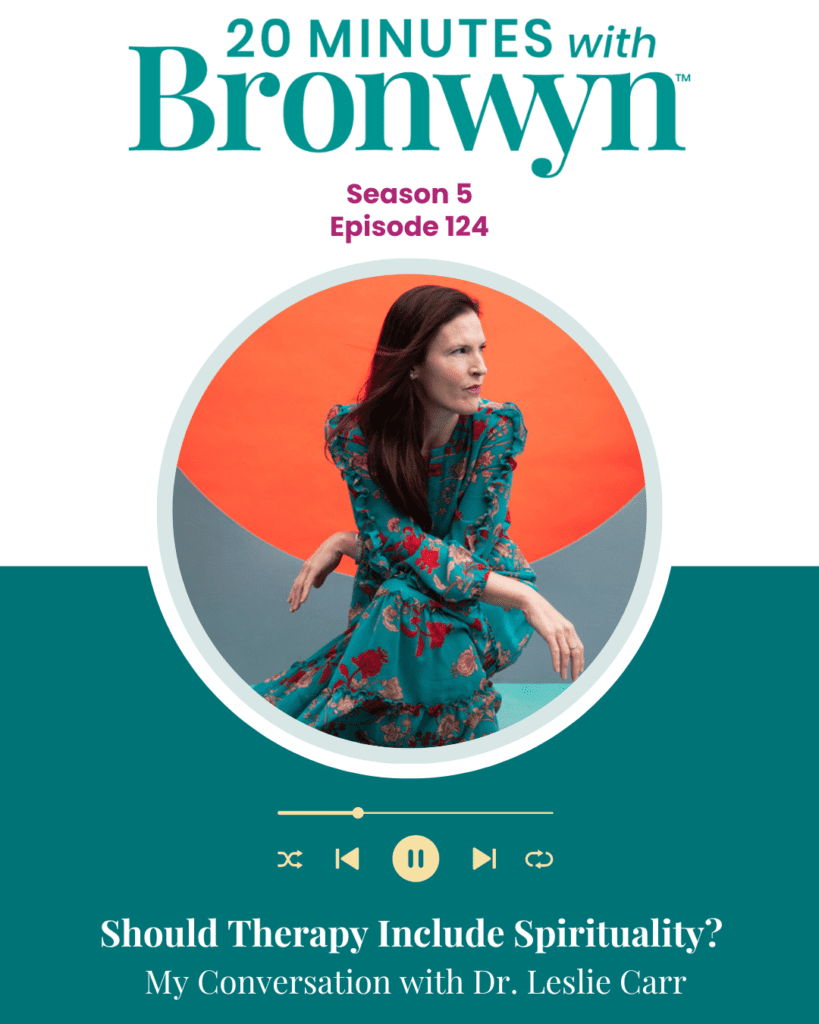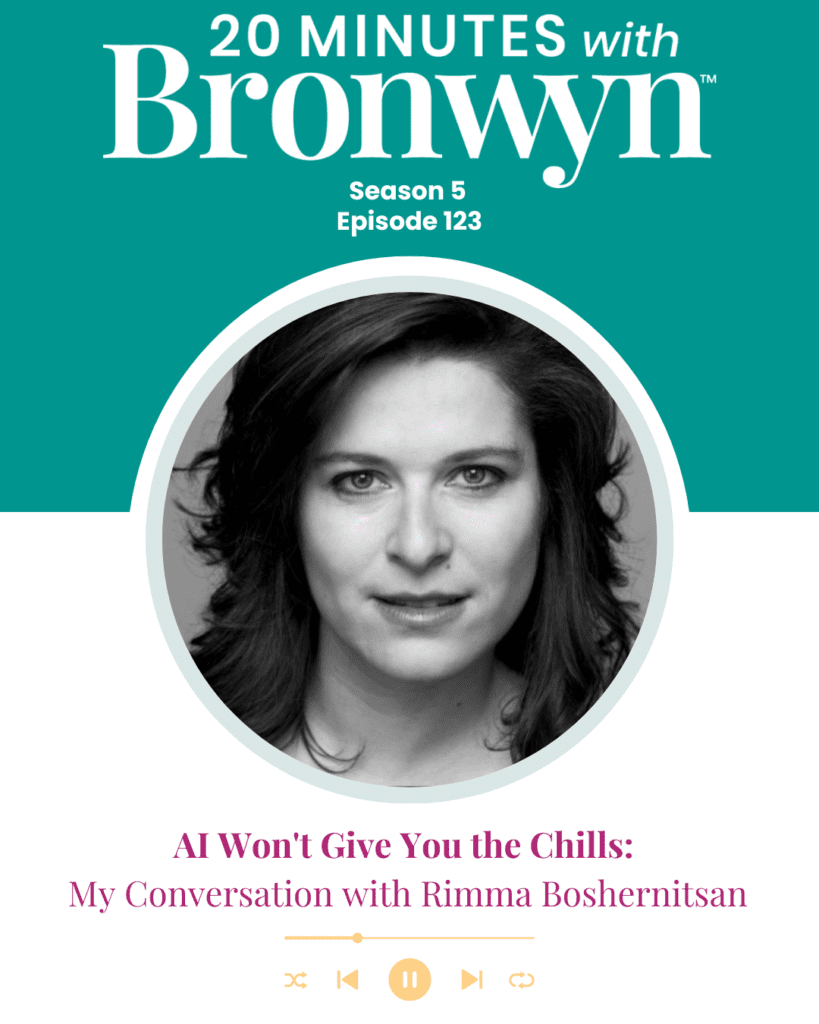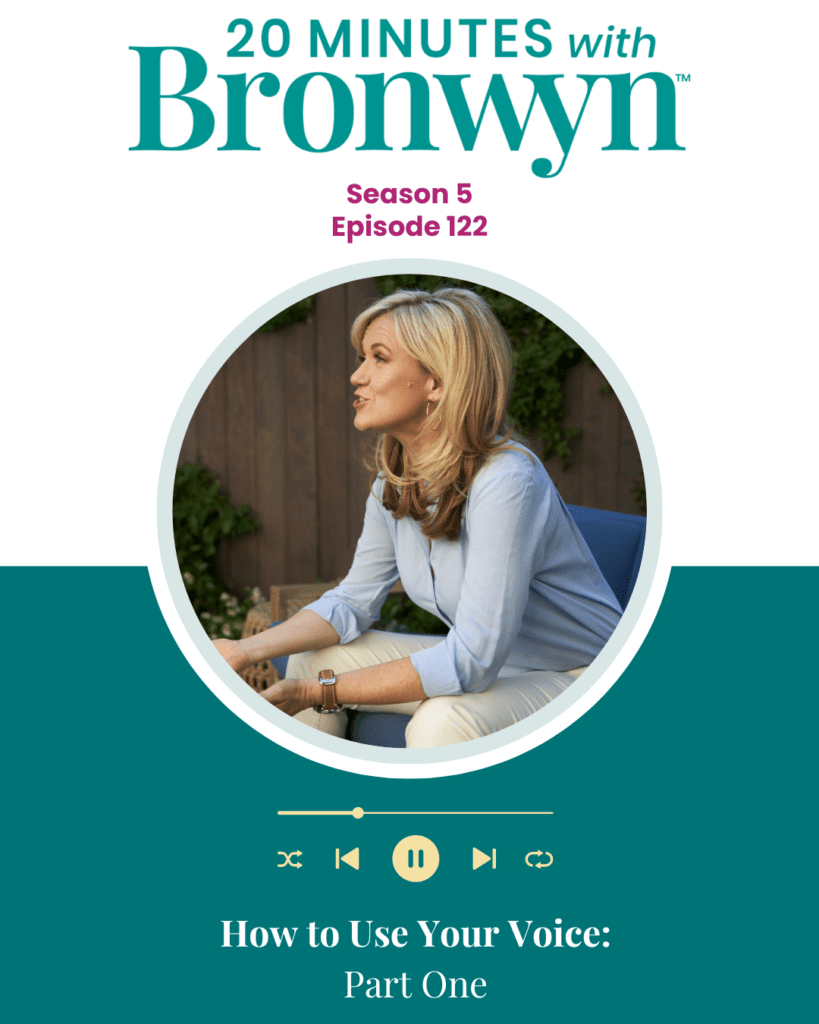We teach what we allow.
This little piece of wisdom is often repeated by my father. When I was growing up, he used it in the context of child rearing, but as I became an adult, I realized that this phrase is every bit as relevant to our interactions with grown ups as it is to parenting kids.
Many of us, women especially, were taught that it was up to us to maintain the peace in our relationships, no matter the personal cost; to go with the flow even when that flow feels wrong to us. Very few of us had good models to show us how to stand up for ourselves. How many of us can say, “Yes, I learned at an early age what it meant to have healthy boundaries, and how best to guard and maintain those boundaries…”
I’m guessing very few.
But boundaries are the gateway to bliss, I’m convinced of this.
For some of us, just the act of establishing healthy boundaries can feel like a radical change.
The question we can ask ourselves is this:
Do we know how to establish and maintain healthy boundaries?
Or said another way…
How often do we allow people to make us feel small, or dismiss our feelings or points of view?
If these are things you struggle with, consider looking at your interactions using the metaphor of a traffic light. In her book Five Keys to Mindful Communication, Susan Gillis Chapman offers this wonderful metaphor as a way to perceive the dynamics at play in any conversation.
When things are going well, and you feel “safe” in a conversation, it’s a green light situation.
When you sense things are going awry and you’re beginning to feel anxious or concerned, it’s a yellow light— proceed with caution.
When you feel angry, upset, hurt or attacked, it’s a red light moment.
Obviously in a green light dynamic, all is well, no extra special skills required. Just enjoy!
In a yellow light dynamic, however, consider stopping the flow of conversation to clarify what was just said or communicated nonverbally. It may be that the person with whom you are engaging has no idea they are making you feel uncomfortable or belittled (or whatever the case may be). Or it may be that they are intentionally making you feel small. Either way, you’re not going to let it continue.
It reminds me of a conversation I had (on vacation of all places!) with a woman who made a shame-inducing comment directed at me. She made the comment in such a breezy, dismissive way—with a smile even!—that I almost convinced myself I was being overly sensitive. But instead of ignoring my own internal warning system that my boundaries were being violated, I listened to my instinct and decided to clarify what she had just said. “Wait, did you just suggest that I don’t care about what my children eat? Because it would be pretty hurtful if that was the case…”
Judging by her facial expression, she was shocked. She quickly said, “Oh no, that’s not at all what I meant…”
I’ll never know for sure whether she intentionally tried to shame me, or just made a conversational gaffe (which we’ve all done at one time or another). Either way, I sent a strong signal to her that day. Since then, she has been nothing but gracious and kind to me. Unfortunately, I can’t say that she shows others the same level of respect.
We teach what we allow.
In a red light dynamic, you want to have access to phrases that allow you to press pause on the conversation, allowing you to take time to reset. I personally love these:
“This issue is causing all of us to have a big reaction. Before any of us say something we will regret, let’s take a five minute break and come back and finish the discussion.”
Or
“This conversation is important to me, and I want to make sure we handle it the best way we can. Let’s all take a 5 minute breather and come back.”
Or
“I don’t allow people to raise their voices with me. Let’s take a 5 minute break and come back to this when we can talk calmly.”
Or if things are really dicey, just excuse yourself and go to the restroom—anything to buy you (and the others in the conversation) some time to cool down.
I want to be absolutely clear about this: very little good can come out of bulldozing through a red light conversation. You (and your counterparts) are locked in a “fight, flight or freeze” situation, and are therefore unable to think beyond your emotional state.
The good news is that if you can take just five minutes to breathe and reset, your heart rate will slow down and you can move to that part of your brain that gives you access to empathy, creativity and problem solving skills. Without that five minute break? You got nuthin’ but rage, terror, shame and/or anxiety.
And if you tend towards the reaction of flight or freeze in a red light dynamic—as opposed to fight— you will very likely find yourself being treated badly. Over and over again.
We teach what we allow.
Think back to a recent red or yellow light conversation. What happened? How might you have handled it differently by policing your own personal boundaries and using the traffic light metaphor?
















